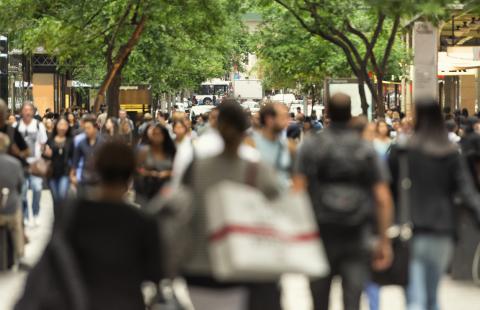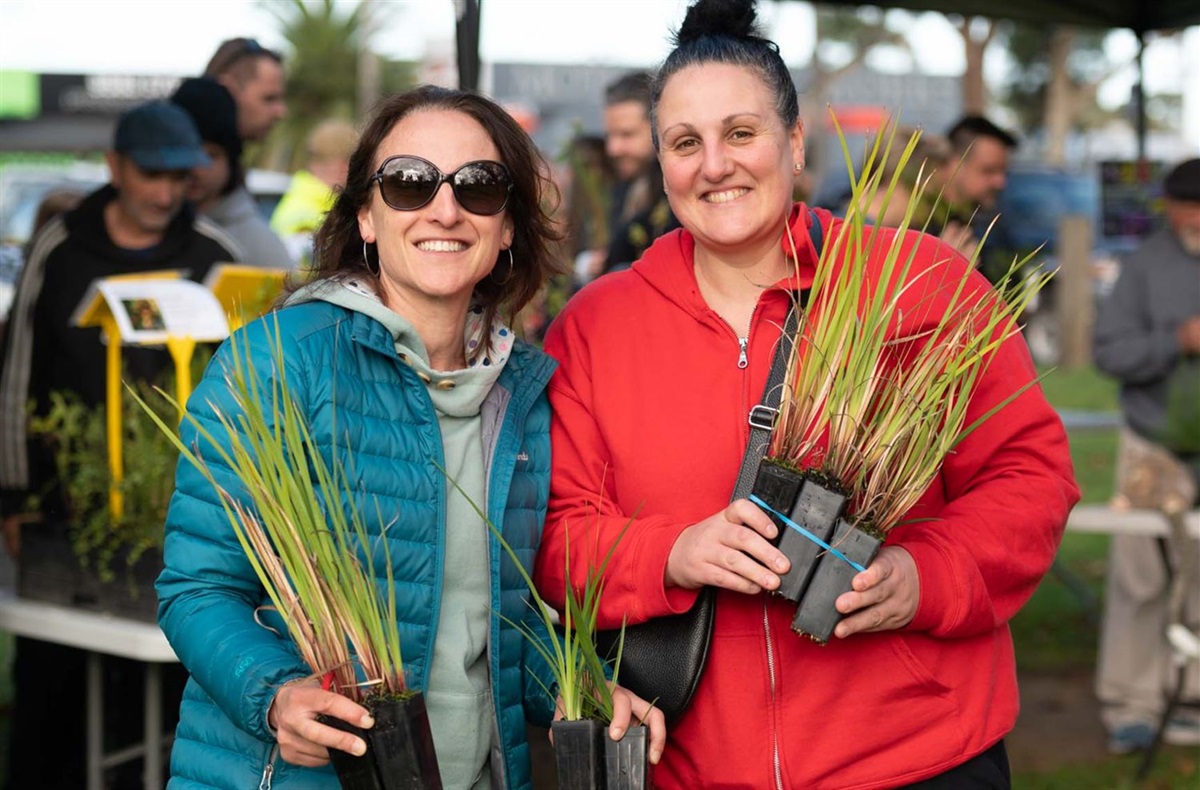The 2024 Research Magazine, produced by The Australian and its partner League of Scholars, has ranked the University of Sydney and its researchers as number one nationally across a range of research fields including computer vision and pattern recognition, physical education and sports medicine, primary health care, public health, and transportation.

Cover (L-R): Prof Susan Elliott AM (Monash University), Prof Andrew Parfitt (University of Technology), Prof Attila Brungs (UNSW), Prof Bronwyn Fox (CSIRO), Prof Annamarie Jagose (University of Sydney), Prof Duncan Maskell (University of Melbourne), Prof Carolyn Evans (Griffith University) Photo: Nikki Short
Released today, the 2024 Research Magazine celebrates the excellence of Australian research. An impact score, based on paper citations, is used to determine the top researcher and research institution in 250 fields of research.
The University of Sydney ranks as the top research institution in 20 research fields and 18 University of Sydney researchers are named as leaders in their respective fields.
Of note are fields in which the University secured both top institution and top researcher nationally, such as in Computer Vision and Pattern Recognition (Professor Dacheng Tao); Transportation (Professor David Hensher); Physical Education and Sports Medicine (Professor Emmanuel Stamatakis); Primary Health Care (Professor Sarah Dennis); and Public Health (Professor Emeritus Adrian Bauman). Professor Edward Holmes was also named lead researcher across the three fields of Life Sciences & Earth Sciences (general), Cell Biology and Molecular Biology.
Refer to the full listing for the University below.
Deputy Vice-Chancellor (Research), Professor Emma Johnston congratulated the research leaders.
“We are immensely pleased to see the strong foundations the University has built across several research fields, with some of the most high-performing researchers and teams in the country. This will only grow as we continue to invest in our next generation of researchers through initiatives like our Horizons Fellowships and a new training and development program for our early career researchers.”
Speaking with The Australian, Provost and Deputy Vice-Chancellor Professor Annamarie Jagose said the University’s reputation meant it succeeded in attracting outstanding, high-performing academics who are passionate about their research.
“That halo effect means they build fantastically motivated teams who attract other excellent colleagues … and you start getting a kind of a research concentration, almost a research ecosystem, that grows over time.”
She said the University of Sydney was differentiated by its long-term investment in multidisciplinary initiatives including the Charles Perkins Centre, Sydney Nano and the Brain and Mind Centre and had stepped up investment in medical research with the new Sydney Biomedical Accelerator. Elsewhere, the Sydney Environment Institute is tackling some of the biggest challenges of our time and the University is also preparing for a key role in defence research.
Quoted in the foreword, Federal Education Minister Jason Clare said: “The next big, cutting-edge innovations are being developed in our universities right now through research and will help to change the world tomorrow.”
The University of Sydney leads nationally in 20 fields of research:
- Inorganic Chemistry
- Computer Vision & Pattern Recognition
- Signal Processing
- Transportation
- Bioethics
- Gerontology & Geriatric Medicine
- Orthopaedic Medicine & Surgery
- Pain & Pain Management
- Pathology
- Physical Education & Sports Medicine
- Primary Health Care
- Public Health
- Radiology & Medical Imaging
- Urology & Nephrology
- Veterinary Medicine
- Biophysics
- Mycology
- Soil Sciences
- High Energy & Nuclear Physics
- Health Policy & Medical Law
University of Sydney researchers named top of their field nationally:
- Computer Vision & Pattern Recognition: Dacheng Tao
- Power Engineering: Joe Zhu
- Signal Processing: Dacheng Tao
- Transportation: David Hensher
- Bioethics: Miles Little
- Molecular Biology: Edward Holmes
- Nursing: Debra Jackson
- Oncology: Georgina Long
- Pain & Pain Management: Michael Nicholas
- Pathology: Anthony Gill
- Physical Education & Sports Medicine: Emmanuel Stamatakis
- Primary Health Care: Sarah Dennis
- Public Health: Adrian Bauman
- Cell Biology: Edward Holmes
- Life Sciences & Earth Sciences (general): Edward Holmes
- Soil Sciences: Budiman Minasny
- Astronomy & Astrophysics: Joss Bland-Hawthorn
- Geophysics: Dietmar Müller
- Geography & Cartography: Neil Coe
- Public Policy & Administration: Allan McConnell
- Science & Engineering Education: Annette Burgess
Methodology: An Impact score is used for determining the top researcher and research institution in 250 fields of research. Specially, a researcher’s field impact score is equal to the citations for papers published by that researcher in the top 20 journals in that field in the past five years. The researcher with the highest impact score is the top researcher in that field. An institution’s field impact score is calculated by summing the individual impact scores in that field for that institution’s affiliated researchers. Similarly, the institution with the highest impact score is the top research institution in that field.







